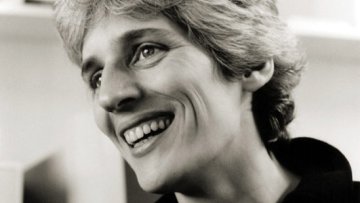Adiabatic invariants for the FPUT and Toda chains in the thermodynamic limit
Abstract
Application of Stein's method to linear statistics of beta-ensembles
Abstract
In the first part of the talk, I will review the basic ideas behind Stein’s method for normal approximation and present a general result which we obtained in arXiv:1706.10251 (joint work with Michel Ledoux and Christian Webb). This result states that for a Gibbs measure, an eigenfunction of the corresponding infinitesimal generator is approximately Gaussian in a sense which will be made precise. In the second part, I will report on several applications in random matrix theory. This includes a proof of Johansson’s central limit theorem for linear statistics of beta-ensembles on \R, as well as an application to circular beta-ensembles in the high temperature regime (based on arXiv:1909.01142, joint work with Adrien Hardy).
Oxford Mathematician Ulrike Tillmann has been announced as President Designate of the London Mathematical Society (LMS).
Path signatures in topology, dynamics and data analysis
Abstract
The signature of a path in Euclidean space resides in the tensor algebra of that space; it is obtained by systematic iterated integration of the components of the given path against one another. This straightforward definition conceals a host of deep theoretical properties and impressive practical consequences. In this talk I will describe the homotopical origins of path signatures, their subsequent application to stochastic analysis, and how they facilitate efficient machine learning in topological data analysis. This last bit is joint work with Ilya Chevyrev and Harald Oberhauser.


